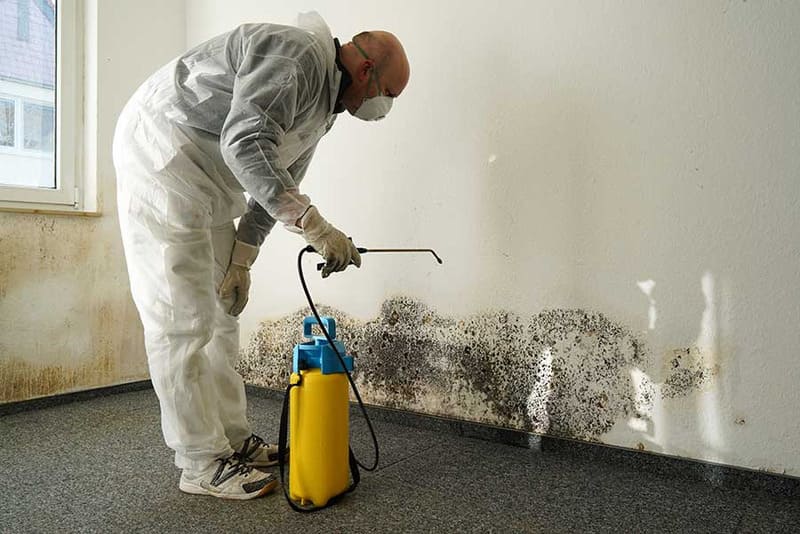
Mold Testing

Testing for mold typically involves a combination of visual inspection, air sampling, and surface sampling. Here’s an overview of the testing process:
1 – Visual Inspection
Begin by visually inspecting the property for signs of mold growth. Look for visible mold growth, water stains, discoloration, and musty odors. Pay close attention to areas prone to moisture, such as bathrooms, kitchens, basements, and around windows and pipes.
2 – Air Sampling
Air sampling is used to measure the concentration of mold spores in the air. This involves collecting air samples using specialized equipment such as a spore trap or a cassette sampler. Samples are typically collected from multiple indoor and outdoor locations to establish a baseline and compare indoor and outdoor spore levels.
3 – Surface Sampling
Surface sampling involves collecting samples of mold from surfaces suspected to be contaminated. This can be done using tape lifts, swabs, or bulk samples. Tape lifts and swabs are used to collect visible mold growth, while bulk samples involve cutting out a piece of material (e.g., drywall, carpet) with suspected mold growth.
4 – Moisture Testing
Moisture testing may also be conducted to identify areas of high moisture levels, which are conducive to mold growth. This can be done using moisture meters, thermal imaging cameras, or by visually inspecting for signs of water damage.
5 – Laboratory Analysis
Once samples are collected, they are sent to a certified laboratory for analysis. Air samples are analyzed to determine the types and concentrations of mold spores present in the air, while surface samples are examined under a microscope to identify the types of mold present and estimate the extent of contamination.
6 – Interpretation of Results
The laboratory will provide a report of the findings, including the types of mold identified, concentration levels, and any recommendations for remediation. Interpretation of the results should take into account factors such as the presence of moisture, the location of mold growth, and the health of occupants.
It’s important to note that mold testing may not always be necessary, especially if mold is visibly present and can be safely removed. In many cases, addressing underlying moisture issues and cleaning up mold growth using appropriate methods (e.g., HEPA vacuuming, damp wiping) is sufficient without the need for testing. However, if there are concerns about the extent of mold contamination or potential health risks, professional mold testing and inspection may be recommended.






